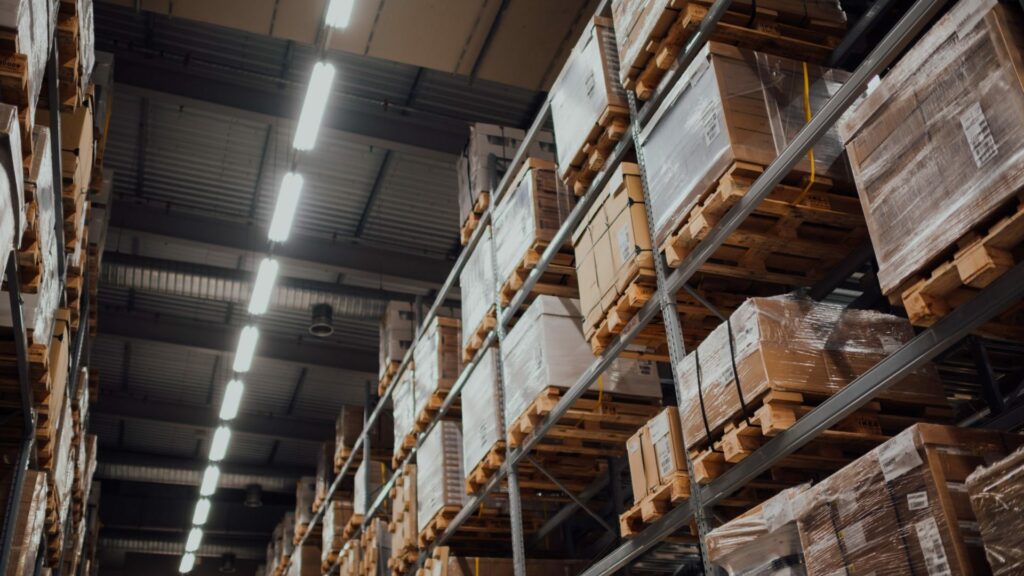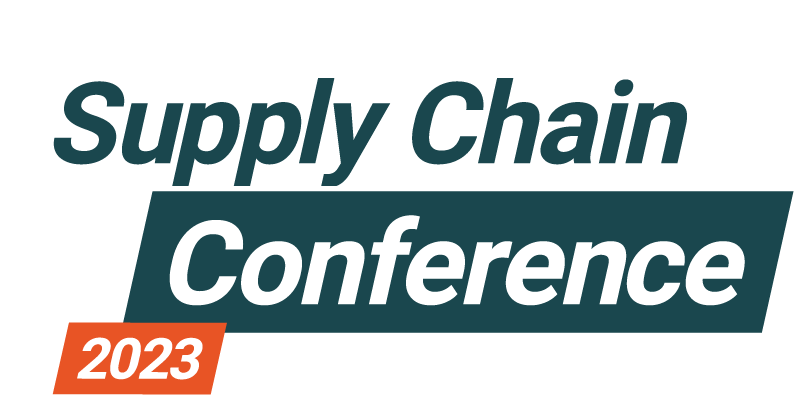Is your supply chain a growth driver for your business? If not, it is time to take a closer look at supply chain design. A well-designed supply chain can transform your business by increasing efficiency, reducing costs, improving customer satisfaction, and providing a competitive edge. In this blog post, we will explore 7 ways supply chain design can transform your business and turn challenges into opportunities.
What is supply chain design?
Supply chain design is the process of creating an optimal strategy for moving goods from suppliers to end customers. It involves building an optimal network of organizations, people, activities, information, and resources involved in the production, handling, and transportation of goods. It includes a range of tactical as well as strategic decisions.
Some examples are defining the optimal warehouse footprint or where to invest in production capacity based on a point-of-gravity or greenfield analysis. Other decisions involve optimizing sourcing based on total landed cost, analyzing the transportation system, or managing resources throughout the supply chain. Additional examples are balancing supply and demand based on lowest cost or highest profit or conducting a cost-to-serve analysis to gain insight into the actual cost of reaching each customer.
Now that we have sorted out what supply chain design is, let us explore 7 ways supply chain design can transform your business.
1. Become proactive rather than reactive
One common misconception about implementing supply chain design is that it is a large and complicated task that only needs to be done occasionally. This cannot be any further from the truth. Yet, many companies engage in supply chain design reactively, after a crisis, or repetitively but too rarely.
By using a structured supply chain data model, companies can empower their supply chain design process and become proactive rather than reactive. By testing different strategies in a sandbox environment, companies can improve their supply chain design and be better prepared when crises occur – or avoid them altogether.
2. Effectively balance supply chain key factors
While supply chains are becoming increasingly complex and data volumes continue to rise, businesses are facing greater challenges in achieving the optimal balance between cost, service, risk, and sustainability. Making the best decisions in this context requires a delicate equilibrium between all these dimensions.
Fortunately, advanced algorithms offer a way for companies to continually review and adapt their strategies, ensuring they are making the most informed decisions that effectively balance these key factors. By leveraging the power of data-driven insights, businesses can fine-tune their operations to reduce cost, deliver exceptional service, minimize risk, and promote sustainability.
3. Respond more effectively to changes
The current macroeconomic situation has created a pressing need for businesses to reduce the time it takes to answer critical business questions. Supply chain leaders are exposed to more questions in shorter time spans than ever before.
A robust supply chain design process that incorporates an end-to-end data model and purpose-built applications empowers leaders to take control of their data and develop strategies to respond more effectively to changes. By adopting new technologies and a continuous supply chain design process, companies can respond more effectively to changes and turn their supply chain challenges into competitive advantages.
4. Make fact-based supply chain decisions
Given the complexity of supply chain and the increasing demand for fast decisions, it can sometimes be challenging for companies to find the time to get the facts on the table and conduct a thorough analysis. Many companies still rely on spreadsheets, which often lead to hasty shortcuts and inaccuracies.
To stay ahead of the competition, leading companies are turning to modern technologies to fundamentally rethink and transform their supply chain processes. By using advanced tools and techniques, they are able to gain a deeper understanding of the complexities of their supply chain networks and leverage continuous scenario planning.

Companies that successfully incorporate network optimization applications into their decision-making processes gain insights that were previously impossible to obtain solely through experience. Furthermore, these tools provide an objective view of the data, which can challenge long-held assumptions and lead to more accurate decision-making.
5. Increase long-term supply chain resiliency
In supply chain design, the traditional trade-offs have been focused on cost, service, and risk. In recent years, also sustainability has been taken into account while ESG (Environmental, Social, and Governance) has become increasingly important. However, the prevailing approach has still prioritized cost, giving it a higher weight in decision-making. This has led to trade-offs that prioritize short-term cost savings over long-term resilience. But fact remains that a resilient supply chain is critical not only during times of crisis but also in everyday business operations.
To address this challenge, it is essential for companies to balance resilient thinking with the need for faster decision-making. This requires having alternative options already in place and maintaining them over time, so that reactive decision-making can be avoided in favor of strategic analysis. By adopting a long-term perspective, companies can ensure that cost-efficient decisions are also resilient and sustainable over time.
6. Allow for multiple users of supply chain technology
Historically, advanced technology in supply chain design has only been accessible to a select few. This has resulted in bottlenecks and prevented companies from realizing the full potential of running multiple scenarios in a short time span. But with today’s technology, it is possible to create personalized user experiences and bespoke applications that cater to the needs of a much larger pool of users. This allows for tailored solutions where more stakeholders can conduct the scenario analysis.
7. Improve collaboration through increased visibility
The supply chain design process plays a crucial role in increasing supply chain visibility. It not only offers a holistic view of the end-to-end supply chain. It also includes potential future supply chains generated by what-if scenarios. This enables companies to establish a common analytic platform and view of data, rather than creating silos with multiple versions of the same information.
By adopting this approach, all analytical tasks within the supply chain can be based on the same data and assumptions. These can be governed and maintained in a cross-functional arena, promoting collaboration and enhancing efficiency.
Are you ready to take your supply chain to the next level?
I hope this article gave you some useful knowledge and insights into how supply chain design can transform your business and turn challenges into opportunities. At Optilon, we know that navigating the complexities of supply chain design can be challenging. But the rewards are truly game-changing. By implementing sustainable supply chain design strategies, you increase your chances of beating the competition.
Are you ready to take the leap and revolutionize the way you do business? Our team of experts is here to guide you every step of the way. Don’t let your competitors get ahead – contact us today and let us embark on this exciting journey together.
Yes, I am ready to beat the competition. Let us book a meeting today!
Want to stay in the loop with the latest in supply chain optimization? Join us on LinkedIn!




